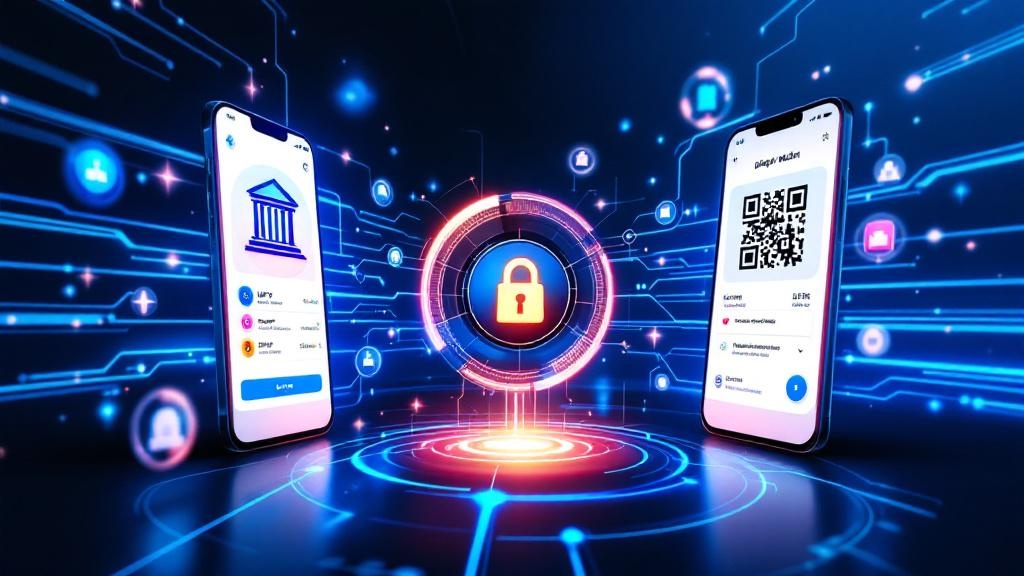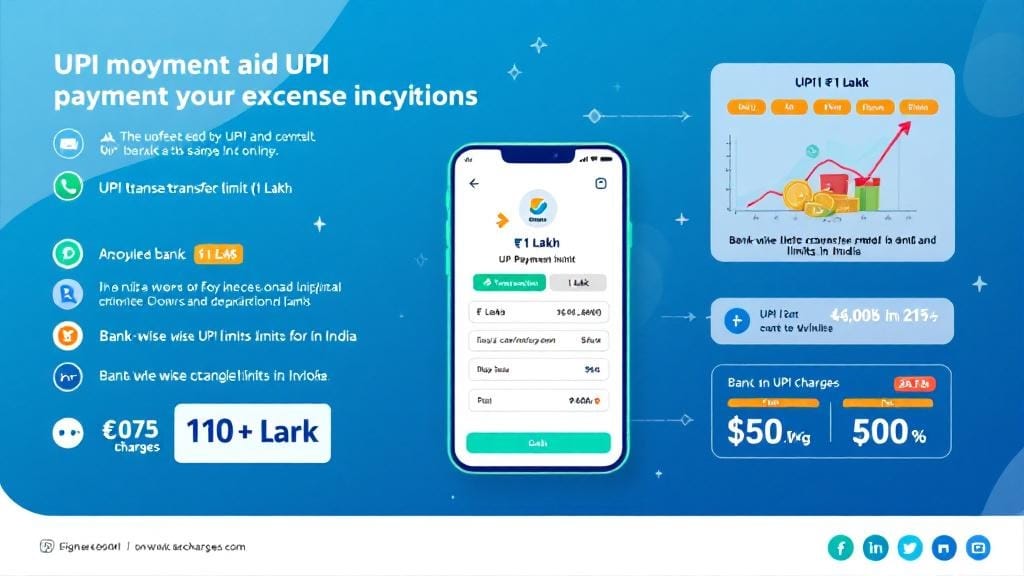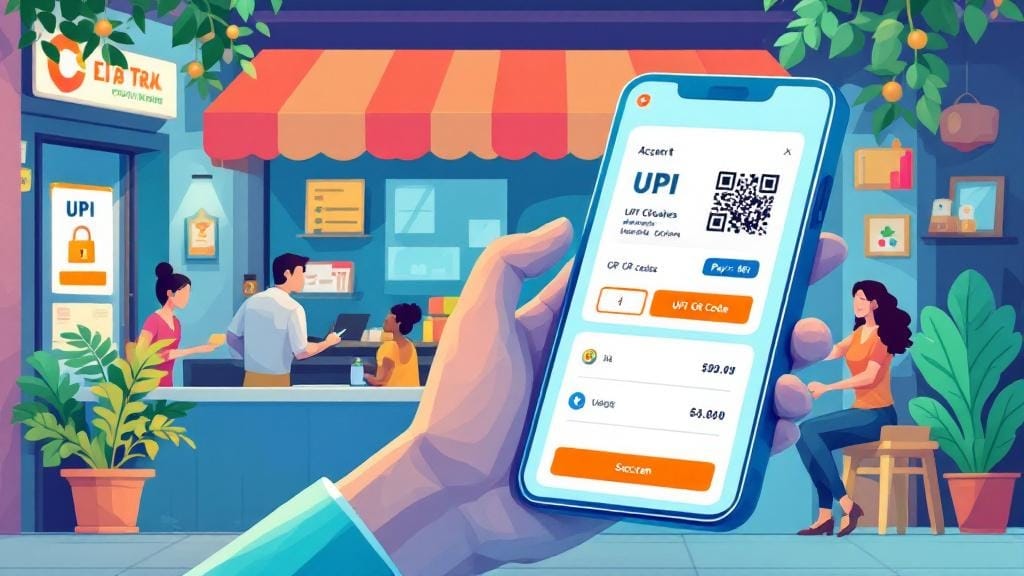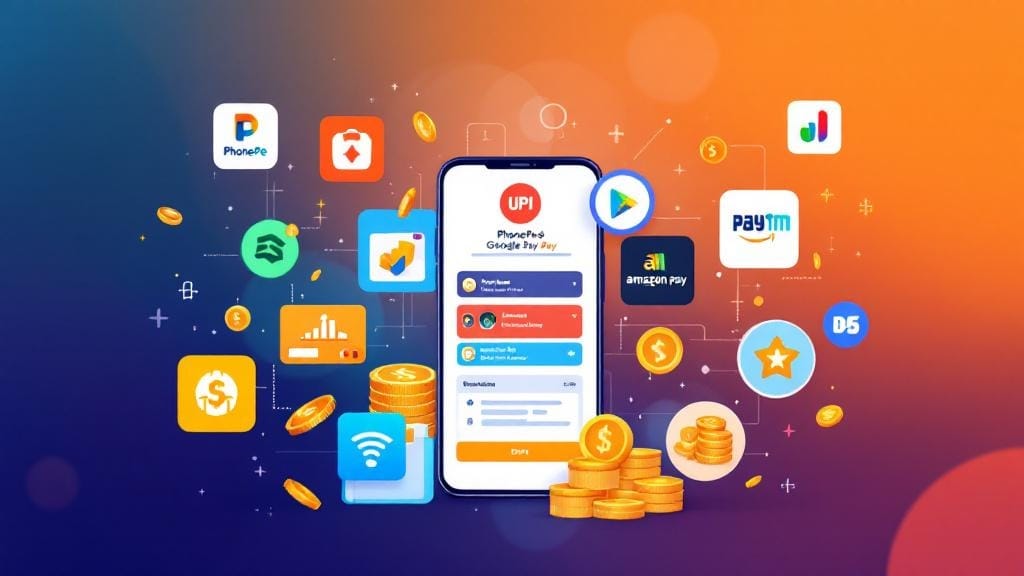In today’s fast-paced digital world, we are all searching for ways to make our payments quicker, easier, and more secure. The rise of UPI (Unified Payments Interface) and Digital Wallets has revolutionized how we handle money in India and globally. However, with so many options available, it can be confusing to choose between the two. UPI vs Digital Wallet: Which One to Use in 2025? is a critical question for many. In this comprehensive guide, we’ll explore the pros, cons, security features, user experiences, and more, to help you make an informed decision.
Understanding UPI and Digital Wallets
Before diving deep into the differences and features, let’s first break down what UPI and Digital Wallets actually are.
What is UPI?
UPI is a payment system developed by the National Payments Corporation of India (NPCI) that allows users to transfer money between different bank accounts in real-time. With UPI, users can link their bank accounts to an app (like Google Pay, PhonePe, or Paytm) and send or receive payments directly from their bank account using their mobile number or UPI ID.
What is a Digital Wallet?
A Digital Wallet (or e-wallet) is an application that stores payment information and allows users to make electronic transactions. Popular apps like Paytm, PhonePe, and MobiKwik offer digital wallet services, where users load money into their wallet (from a bank account, debit/credit card, or other means) and use that balance to make payments.
UPI vs Digital Wallet: A Detailed Comparison
Now that we know what UPI and Digital Wallets are, let’s compare them on various important factors.
UPI vs Wallet Transaction Charges
One of the first factors to consider when choosing a payment method is the cost of transactions.
UPI Transaction Charges: UPI transactions are typically free for individual users. There may be a nominal charge for certain types of transactions, like credit-based transfers or peer-to-peer payments exceeding a specific threshold.
Digital Wallet Transaction Charges: Wallets, on the other hand, charge fees for certain actions, especially when transferring money from your wallet to a bank account or using the wallet for specific services. For example, wallet-to-wallet transfers may be free, but wallet-to-bank transfers can incur charges of 1-2% depending on the app.
Which One is Cheaper? UPI typically emerges as the winner here, with no charges on basic peer-to-peer transfers.
UPI vs Wallet Security
Security is a crucial aspect of digital transactions. Both UPI and Digital Wallets use different mechanisms for securing your funds.
UPI Security: UPI employs robust encryption and two-factor authentication (2FA). Additionally, it uses your mobile number and a unique UPI ID to authorize transactions, making it quite secure. However, UPI has been prone to phishing attacks and fraud in the past, but the government is constantly improving its security protocols.
Digital Wallet Security: Digital Wallets also provide strong encryption and multiple layers of security such as PINs, biometric authentication (fingerprint or face recognition), and OTPs. The wallets are also regulated by the Reserve Bank of India (RBI), adding an extra layer of trust.
Which is Safer? Both UPI and Digital Wallets are fairly secure, but since UPI is directly linked to your bank account, it could pose a higher risk if your account details are compromised.
UPI vs Wallet User Experience
User experience plays a significant role in choosing the right payment method.
UPI User Experience: UPI offers a simple and intuitive user interface. Most apps support features like instant transfers, bill payments, and the ability to send money using only a mobile number. The downside? UPI apps can sometimes crash, especially during peak usage times.
Digital Wallet User Experience: Digital wallets typically have a more user-friendly design with additional features like rewards, cashback offers, and the ability to store loyalty cards. Wallet apps also allow you to pay through QR codes, and the process is often smoother and faster for in-store transactions.
Which is More Convenient? Digital Wallets slightly edge ahead because of their added features and smoother payment processes, but UPI is still the go-to for direct bank transfers.
UPI vs Wallet for Merchants
For merchants, the choice between UPI and Digital Wallets can have a big impact on transaction speed and ease of use.
UPI for Merchants: UPI-based transactions are quick and usually free for small businesses. It allows merchants to accept payments via QR codes or UPI IDs, and the funds are instantly transferred to their bank accounts. However, merchant UPI apps require linking to a bank account, which can be cumbersome for new businesses.
Digital Wallets for Merchants: Digital wallets like Paytm offer merchant services, allowing businesses to accept payments via wallet-to-wallet transfers, credit card payments, and UPI integration. However, wallets may charge a fee for merchant services, making UPI the cheaper alternative for small businesses.
Which One is Better for Merchants? UPI is more cost-effective, but Digital Wallets may offer better flexibility and additional tools like invoicing.
UPI vs Digital Wallet Transaction Speed
Speed is a key factor when considering any digital payment method.
UPI Transaction Speed: UPI transactions are generally fast, with real-time settlement. However, depending on network conditions and bank servers, there may occasionally be a delay of a few seconds to minutes.
Digital Wallet Transaction Speed: Wallet transactions are usually instantaneous, especially when you’re transferring money between wallet users. However, transferring money to a bank account can take up to 2-3 business days.
Which is Faster? For most transactions, Digital Wallets offer faster processing. But UPI is extremely quick when it comes to direct bank-to-bank transfers.
Digital Wallet vs UPI Pros and Cons
Let’s break down the pros and cons of each payment method to help you make a more informed decision.
UPI Pros:
No Transaction Fees for individual users.
Real-Time Transfers to any bank account.
High Security through multi-layer authentication.
Government Backed with regular security updates.
UPI Cons:
Limited Features compared to wallets (no cashback, rewards, or loyalty points).
Occasional Downtime during peak hours.
Bank Account Linkage Required for each user.
Digital Wallet Pros:
Fast and Convenient for both in-store and online purchases.
Additional Features like cashback, rewards, and loyalty points.
Easy Recharge through various methods.
Digital Wallet Cons:
Transaction Fees for bank transfers.
Security Risks with e-wallet storage.
Limited Bank Integrations in some cases.
UPI vs Digital Wallet 2025: The Future of Payments
With the continuous growth of fintech adoption in India, both UPI and Digital Wallets are evolving to cater to new user needs. We are seeing a rise in interoperability between payment platforms, meaning that in the future, you might not need to choose between UPI and Digital Wallets at all. Both systems are expected to become more secure, faster, and user-friendly in the coming years.
UPI vs Digital Wallet: Which One to Choose?
Ultimately, the choice between UPI and Digital Wallets depends on your specific needs:
If you need a direct, no-fee, bank-based transfer solution for everyday transactions, UPI is the way to go.
If you’re looking for a smoother shopping experience, with cashbacks, rewards, and added convenience, Digital Wallets will serve you better.
FAQs
1. How is UPI different from Digital Wallet?
UPI is a bank-linked payment system for transferring money, while a Digital Wallet stores money electronically for purchases and transfers. UPI links directly to your bank account, while a Digital Wallet requires you to load money into the app.
2. Is UPI safer than a Digital Wallet?
Both are secure, but UPI transactions involve a direct link to your bank account, making it more vulnerable if your account details are compromised. Digital wallets use encryption and OTPs to safeguard transactions.
3. Which is better for merchants: UPI or Digital Wallets?
UPI is more cost-effective for merchants since it has no transaction fees. Digital Wallets, on the other hand, offer additional services like rewards and easy payment methods but may charge fees.
4. Can I link a Digital Wallet with UPI?
Yes, many digital wallets allow you to link your UPI ID to make transactions more seamless across different platforms.
5. Are there any hidden charges with UPI transactions?
Typically, UPI transactions are free, but certain advanced features or peer-to-peer payments may incur nominal charges depending on the bank or app used.
6. What are the transaction limits in UPI?
UPI generally has a daily transaction limit of ₹1 lakh for most users, but this may vary based on your bank.
7. How does Digital Wallet recharge work?
Digital wallets can be recharged using a variety of methods, including debit/credit cards, bank transfers, or UPI.
Conclusion
When comparing UPI vs Digital Wallet, both options have their merits. UPI offers faster, fee-free bank-to-bank transfers, while Digital Wallets are perfect for online shopping, rewards, and easy-to-use mobile payments. As digital payments continue to evolve, understanding the key differences and benefits will help you make the right choice for your needs in 2025 and beyond.








Comments (0)